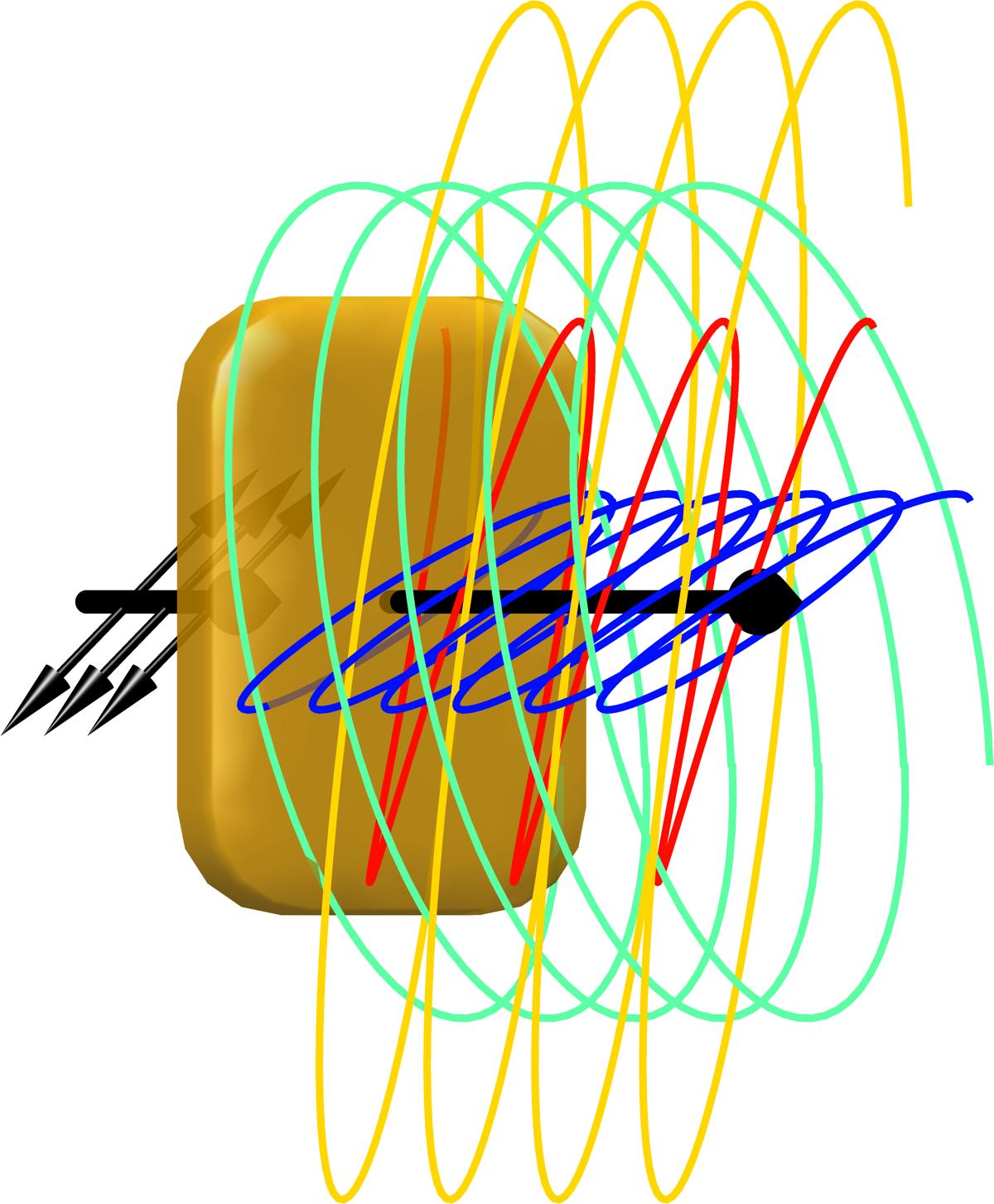attempto online - Research
20.12.2023
New insights into the properties of optical chirality in nanostructures
Accessing near-field polarization states of achiral nanostructures through their far-field radiation
Researchers from the University of Tübingen’s Institute for Applied Physics, together with colleagues from the University of Technology of Troyes have gained new insights into the properties of optical chirality in nanostructures. Chirality, or handedness, describes a geometrical property and refers to objects whose mirror image may not be brought to coincide with the original. Chiral objects can be found all across nature, e.g. from twisted snail shells over chiral molecules to complex structures such as double helix DNA. As also light, i.e. propagating electro-magnetic fields, can have a certain handedness, the topic of optical chirality has recently generated broad interest. Nanostructures have been found to be ideally suited to study chiroptical properties of chiral molecules due to their ability to highly enhance signals in their near-fields. Additionally, ingenious designs have been developed to create nanostructures with high degrees of geometric chirality that generate chiral fields themselves. When it comes to achiral nanostructures, no optical chirality is commonly expected in their far-field signal, even though it has been shown both numerically, and in pioneering work also experimentally, that the near fields excited near achiral structures indeed can exhibit chirality. However, chiroptical far-field responses of achiral structures have been widely neglected, as in standard measurements it is of no practical relevance.
Based on a theoretical formalism described in literature, Annika Mildner from the group of Professor Monika Fleischer together with Professor Dieter Kern and colleagues from Tübingen and the University of Technology of Troyes has developed a strategy to access the near-field chirality in the far-field signal. She demonstrated that also achiral nanostructures can exhibit chiral far-field signals when excited under linear polarization. In simulations, the observed effect could be directly connected to the local chiral near fields of the achiral structure. The phase relation between the dipolar eigenmodes of the achiral structure proved to be of paramount importance for the optical far-field properties. An analytical dipole model was developed for the polarization-dependent intensities, and the generality of the concept was verified by applying the analysis to both achiral and chiral nanostructures. The work thus addresses fundamental aspects of the optics of nanostructures, revealing that achiral structures also exhibit chiral optical far-field aspects.
A. Mildner, D. P. Kern, M. Fleischer, Institute for Applied Physics
Publication:
A. Mildner, A. Horrer, P. Weiss, S. Dickreuter, P. C. Simo, D. Gérard, D. P. Kern, M. Fleischer, Decoding Polarization in a Single Achiral Gold Nanostructure from Emitted Far-Field Radiation, ACS Nano https://doi.org/10.1021/acsnano.3c10398 (2023)
Contact:
Prof. Dr. Monika Fleischer:
University of Tübingen
Institute for Applied Physics
Email: monika.fleischer@uni-tuebingen.de

